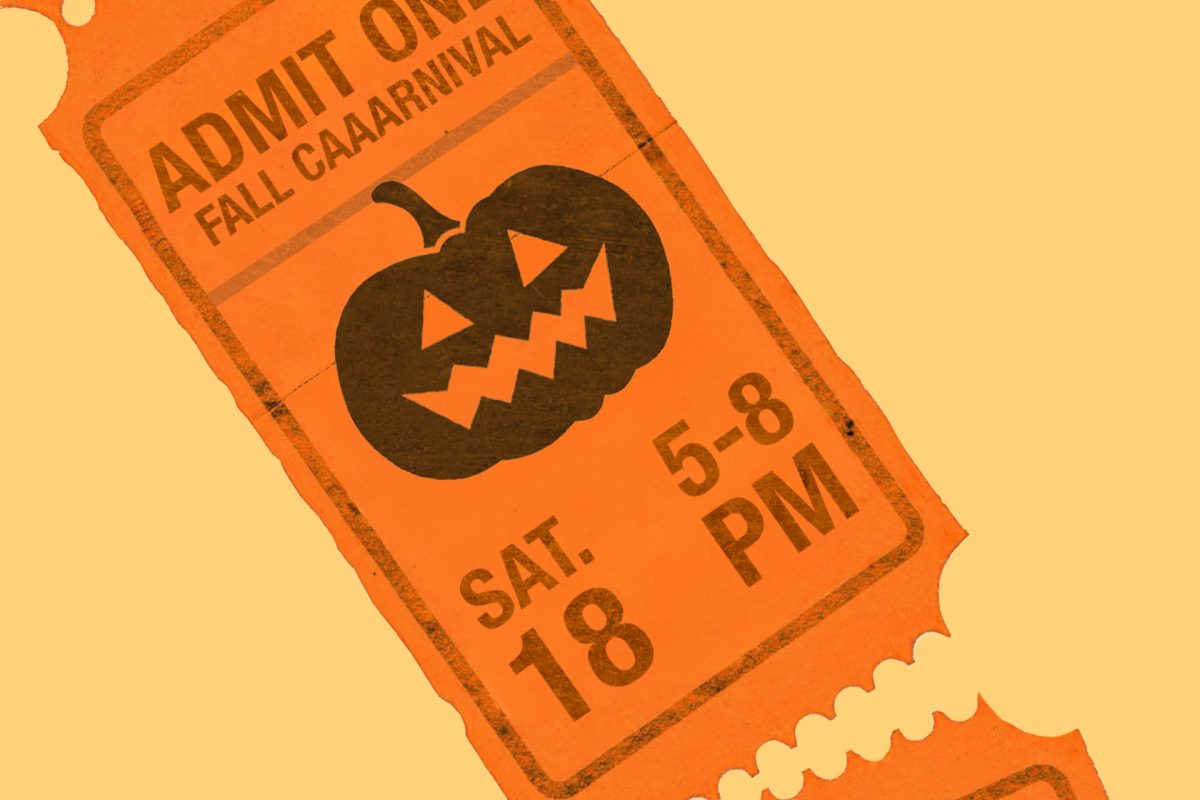For years, doctors have used magnetic resonance imaging to help diagnose small animals. Now, the MU College of Veterinary Medicine is applying the same technology to horses.
“MRI was originally reported for use in horses about 19 years ago,” equine surgery professor David Wilson said. “The most clinically relevant reports on MRI were out of Washington State University in 1998. They were the first to have a commercial MRI unit with a table modified to accommodate the size and weight of a horse.”
Wilson said for the past five years, MU has had an MRI unit for small animals. The unit was not big enough to accommodate an adult full-sized horse.
He said MU has just started applying MRI to equine athletes and it has gradually increased the practice in its size with more improved technology, facilities and experienced faculties.
“Well, we have multiple boarded radiologists and equine surgeons,” Wilson said. “All of which have experience in assessing normal and abnormal 3-D anatomy of the horse as well as other animals.”
Wilson said after MU surgeons evaluate the horse, they send its digital image — produced by the MRequine mobile MRI unit — to Idaho for another interpretation.
According to an MU news release, the first equine athlete that received MRI treatment was Wise Guy, an 8-year-old Dutch Warmblood.
Wise Guy has earned top awards in elite competitions. In 2011, its performance weakened, and most of its hair fell out.
Wise Guy has been diagnosed by X-rays, ultrasounds and nerve blocks, but none of them detected the source of the problem.
Then, MU surgeons decided to perform an MRI on Wise Guy. In the MRI, they found indications of a bone bruise and fluid build-up deep within the distal cannon bone, which is a major bone in the leg of the horse that is part of the fetlock joint. According to the release, it this injury might cause trauma.
Wilson said racing animals like horses sometimes get serious injuries from such strenuous activities, which could end their athletic careers. Sometimes these injuries cannot be identified by normal radiographs such as computed-tomography, ultrasound and scintigraphy.
With the expanded MRI technology these worries are no longer a problem.
“But MR is becoming the diagnostic method of choice, it is very good looking at bone and soft tissue injuries in a 3-D presentation,” Wilson said. “Very subtle injuries can be picked up with MR that would not be seen by other imaging modalities.”
Equine surgeon Shannon Reed said the MU College of Veterinary Medicine has been working to provide MRI treatment for other exotic species such as zoo and farm animals.
She said the MRI technology has rendered multiple benefits.
“The biggest impact of MRI ability at MU is that we will see more patients as MRI for horses is not available in many locations in the Midwest,” she said. “That also will increase students’ learning because they will be able to see the technology and the results of that may also be treatments for the problems diagnosed by MRI.”







